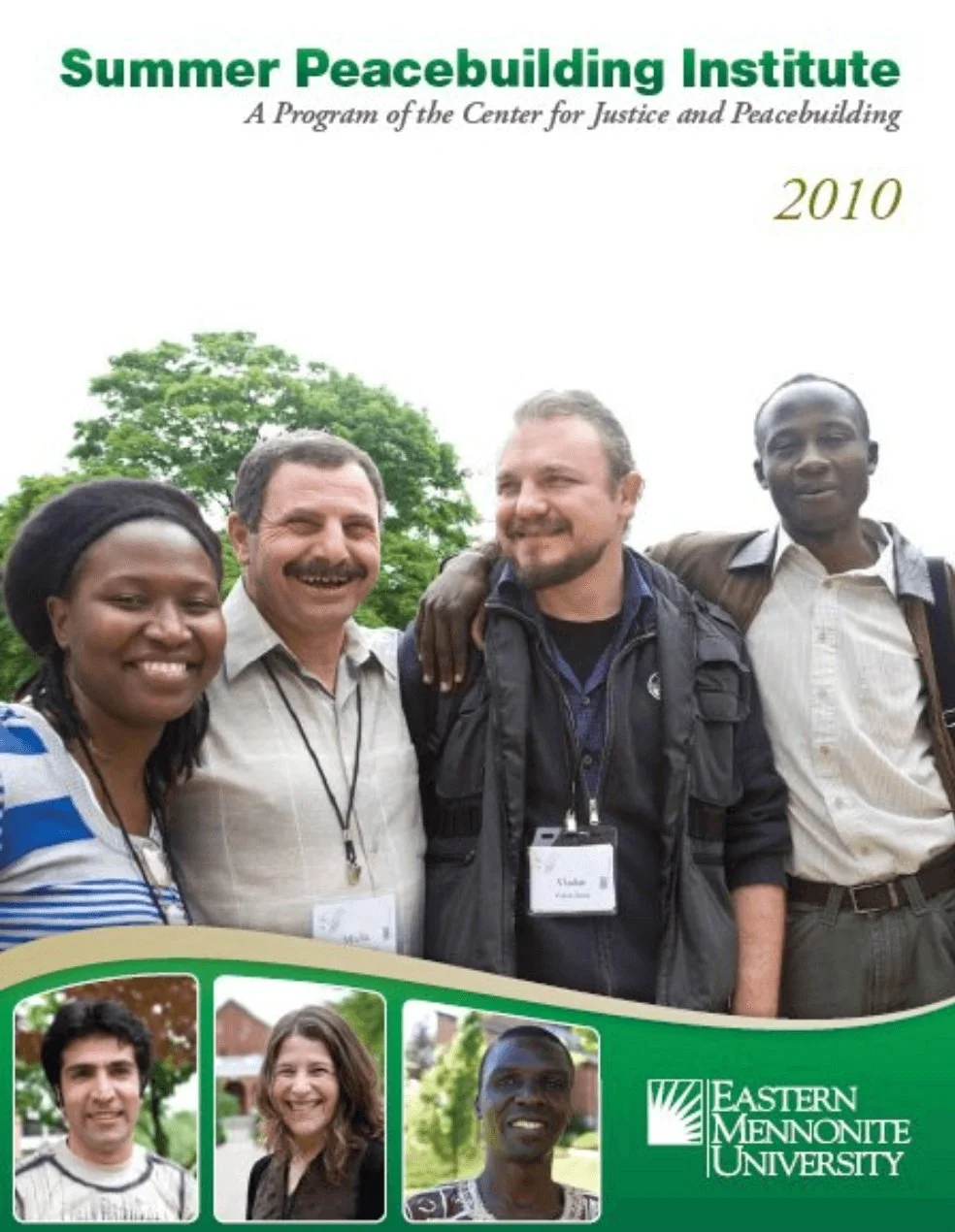The first thing is this: This is a blog about restorative lawyering. But the first thing about restorative lawyering, is this: it is based on a story and based on your own story. Not my story, not the story of an appellate decision, not the story of a client: your story. And guess what? You are the writer of your own story…so get writing.
Lawyers are odd. Unique. Whatever you want to call us. We are different. But we do take charge of things, relatively easily, for better or worse. But you know what we don’t take charge of? Our own lives. I’m here today to remind you to be the powerful person you are and take charge of it—your own life. Embrace your story, fix it, edit it, revise it, live it.
My story: when I reached the turning point
This blog is for myself, in order to think about, to try to order, my particular practice of law: the combination of life, work and human relationships. The way I got here is not unique. I was an experienced lawyer, disgusted by my practice and the practice of law. After graduation in 1987, I thought it was disillusionment, but as time passed, I understand that the problems that we face as practicing lawyers is much bigger than I could have imagined.
While an assistant county prosecutor in 1998, I became frustrated working with victims, and it wasn’t because of their unreasonable demands that many prosecutors complain about. Rather, it was the limitations of our judicial system. Victims often told me that they didn’t care so much about jail time, but what they really wanted was to know why the offender did it. Many complained that they wanted an apology.
My life as a lawyer was forever changed in October, 1998. Before that, I loved going to court. But my bubble was burst one fall day when, as an assistant prosecuting attorney, I climbed the steps to the courthouse with the family members of a child sexual abuse victim. We were in the second or third day of trial and it was going well. I was feeling optimistic, delighted with the way that the case was unfolding. The victim’s uncle, a sweet old man dressed in a brown suit glanced up at me as we hiked up the long set up steps to the front door. “This is worse than going to a funeral.” Really? I looked at his face, twisted and scared and torn and realized that I would never walk into the courthouse with the same ideas again.
This is a program from the Center for Justice and Peacebuilding where I attended in 2008-2010.
Could Restorative Justice provide another vision? I began looking for options and eventually discovered VORP, or victim-offender reconciliation program. VORP began in Kitchener, Ontario in the late 1970’s when community members arranged for a group of youthful offenders to have an opportunity to meet with the victim and to apologize for their wrongdoing. Another community replicated the program in Elkhart, Indiana led by Howard Zehr.
Professor Zehr, or Howard as he prefers we call him, is often referred to as the grandfather of restorative justice due to his influence in bringing the concepts, with roots in multiple indigenous and historical processes, into our modern jurisprudence. Eventually, that frustration I experienced working with the judicial system prompted me to return to school at the Center for Justice and Peace at Eastern Mennonite University to study with Howard.
In a way, I started writing this book in 2007 when I walked into a classroom on the campus at Eastern Mennonite University to take my first course in Restorative Justice. I sat beside fellow attorney, Marshall Yoder. Both of us had practiced law for twenty years (between us-large firm, small firm, public and private) and found that we offered many clients resolution to their immediate, presenting legal problems. However, for many of them, the law got in the way of addressing the real conflict.
Envisioning a restorative practice of law. While in the master’s program at Eastern Mennonite University, I sometimes imagined quitting the practice of law to devote my time to setting up a restorative justice program, or finding a new venue that would permit us to work as peace builders. Other times, I considered establishing formal programs that would incorporate our legal backgrounds with the materials we learned at the Center for Justice and Peace. A little like Dorothy in the Wizard of Oz, I eventually learned that the change in our work would not come from changing careers or changing offices, but from changing ourselves. While continuing to practice law during my attendance at CJP, I incorporated small insights gained from my experience in the master’s program. I did not realize that such a change would entirely transform our law practices, allowing us to take peace-building principles into our work and changing our meaning of what it meant to be a lawyer.
Since I graduated, I have worked with fellow Center for Justice and Peace at Eastern Mennonite to periodically provide for a gathering of lawyers who are working with the principles and values of restorative justice to create a legal practice. While many of them run restorative justice programs, others work in the form of a more traditional practice of law, incorporating those values within their work. I have drawn on the experience of this group extensively in creating my own practice. This blog includes short essays or observations I’ve written over the years to describe a way to approve the practice of law restoratively.


